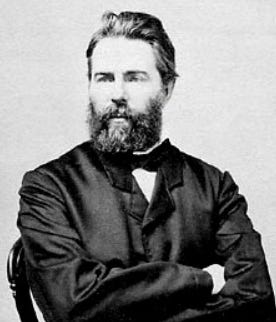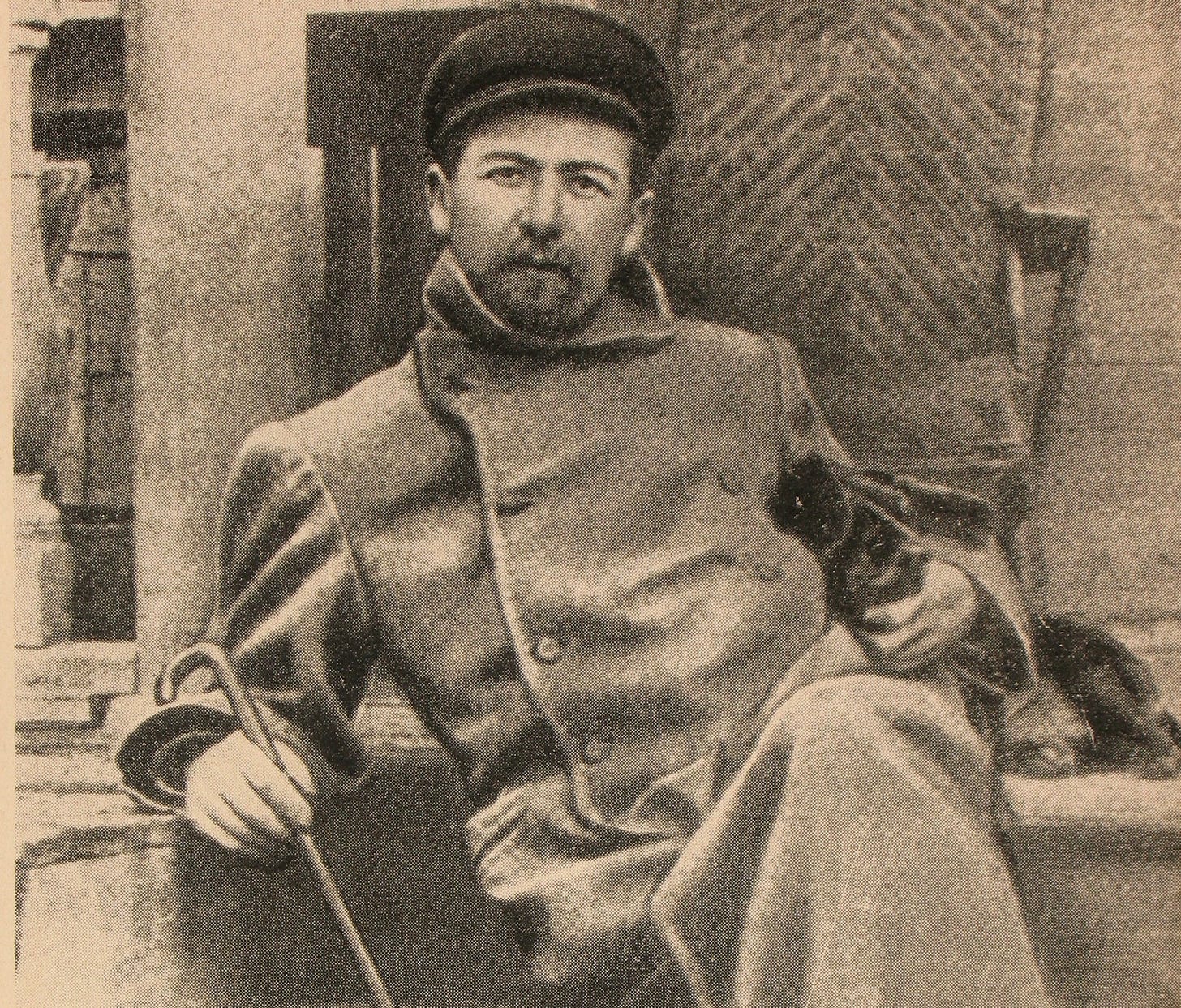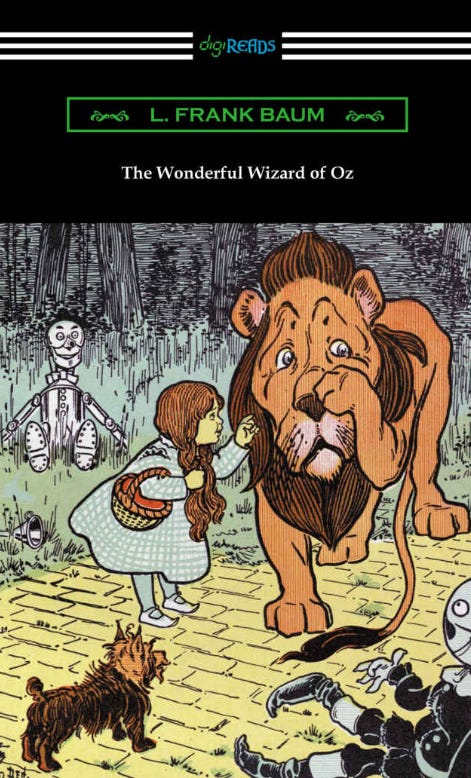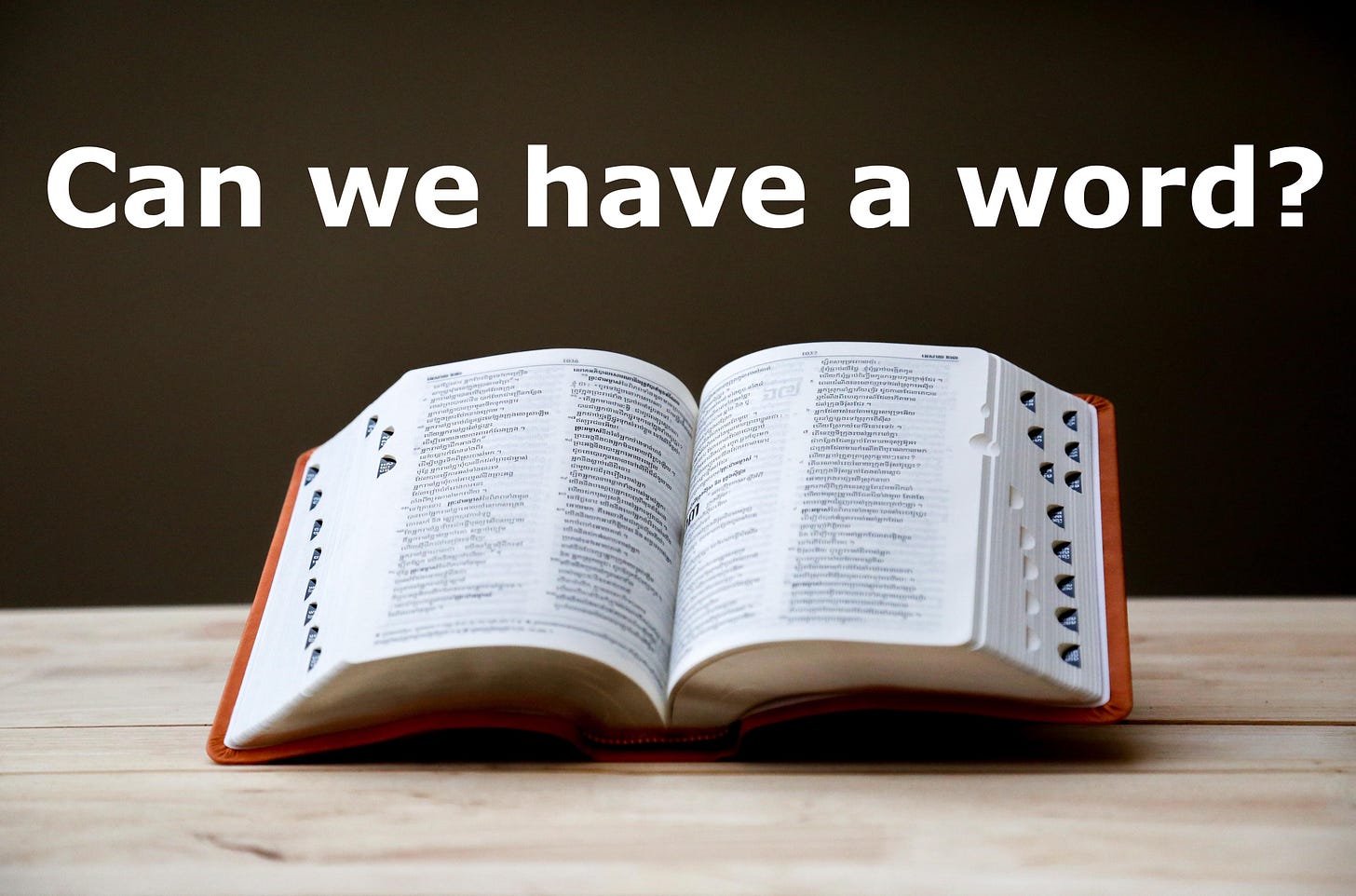The notion of theme may seem tenebrous (or hard to understand), but it’s essential to come up with one for your book and let it guide you as you write. Before we discuss theme, check out this graphic from a fine Reedsy Blog which demonstrates its importance.
Herman Melville advised, "To produce a mighty book, you must choose a mighty theme."
But not so fast. What exactly is theme? Sean Glatch on Writer.com says that the theme of a novel “refers to that story’s deeper meaning. All works of literature contend with certain complex ideas, and theme is how a story or poem approaches these ideas.”
Armed with that, let’s circle back to Melville and his famous whale. It is fascinating to search what is the theme of Moby Dick?, simply because of the sheer number of differing answers. Suggested themes include “the limits of knowledge,” “defiance,” “the depth of human nature and human emotion,” “authority and obedience,” “race and racism,” and “sexuality,” among many others (I personally think the book’s main theme speaks of how unrelenting vengeance can destroy everything in its path, but what do I know?). Perhaps Melville was indeed thinking of all of the above when he was projecting his mighty theme(s), and perhaps this classic book simply has that much to offer. Or possibly it’s been so over-analyzed that every reader either sees or imagines a different theme. Which leads us to this generality:
(Again, no diss on Melville, just a caution to those of us who may be less accomplished than he as we rhetorically plan out all aspects of our own upcoming novel. The takeaway? Be easy on yourself regarding the number of themes.)
At the very least, the Moby Dick list gives us some notion of the variety and range of themes possible.
Themes and morals—what’s the difference?
Regarding morals vs. themes: Anton Chekhov said: "You are confusing two concepts, the solution of the problem and the correct formulation of the problem. Only the second is required of the artist."
In other words, it’s not a writer’s job to answer the world’s difficult questions by posing morals to the reader, unless you are writing children’s literature. The writer for adult fiction should not lecture or point out the right way to live. They need only clearly shine a spotlight on those questions through their stories (I am paraphrasing J.T. Bushnell’s words on theme from Oregon State University).
A Word on Motifs
A motif can be a recurring character, line of dialogue or object which is used to symbolize the story’s theme. Once you grasp what a motif is, you’ll begin to recognize them in literature, plays and movies and see how they connect to each story’s theme. Let’s take the familiar example of the Wizard of Oz.
One of the major themes of this work, book or movie, is the necessity to take a long, challenging journey (which in turn symbolizes life). The Scarecrow, the Tin Man and the Cowardly Lion, each seeking attributes which he fears he doesn’t have, go on a long journey to attain them. Dorothy, in turn, has to make her long journey just to travel back to where she started: home.
I hardly need to mention that the recurring motif which symbolizes all this journey-taking is the yellow brick road. Once you work up the theme for your novel, if possible think of a motif as well to help cue your reader.
The vocab word this issue was used in reference to the concept of theme. Hint: it’s not that difficult to grasp. Define it for yourself, make it yours—and then consider places to insert it in your writing.
What is tenebrous?
Are you enjoying Writing Rhythm? You can help me get more subscribers by making a comment:
Action Plan
Don’t miss the excellent Substack newsletter: A Sip, A Shoutout & A Sentence. C. Elyse and I will be collaborating again in her January 29th issue. Watch for it, and check out her fine publication!



















This is timely, especially the bit re: motif. Question, is it advisable to have multiple motifs?